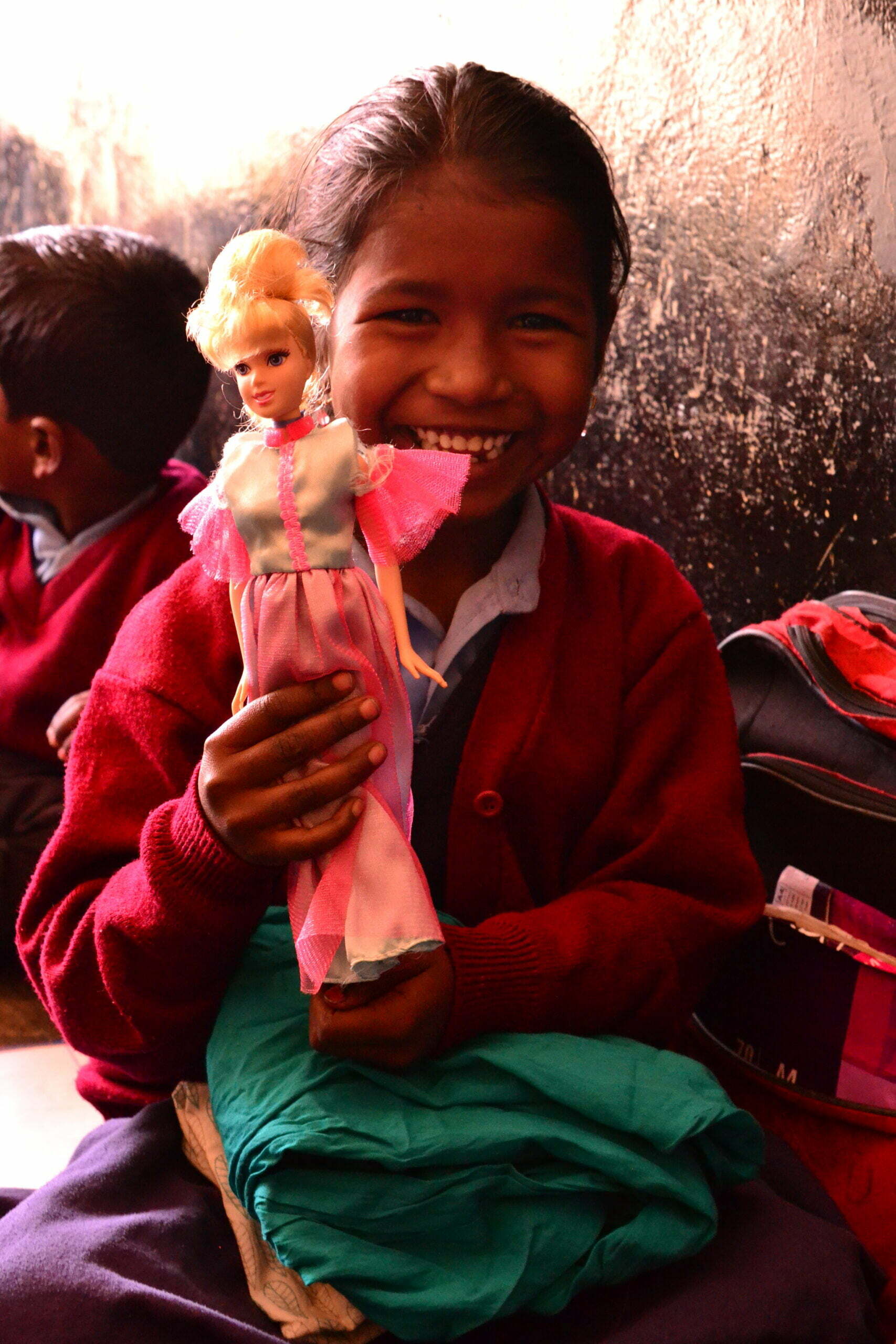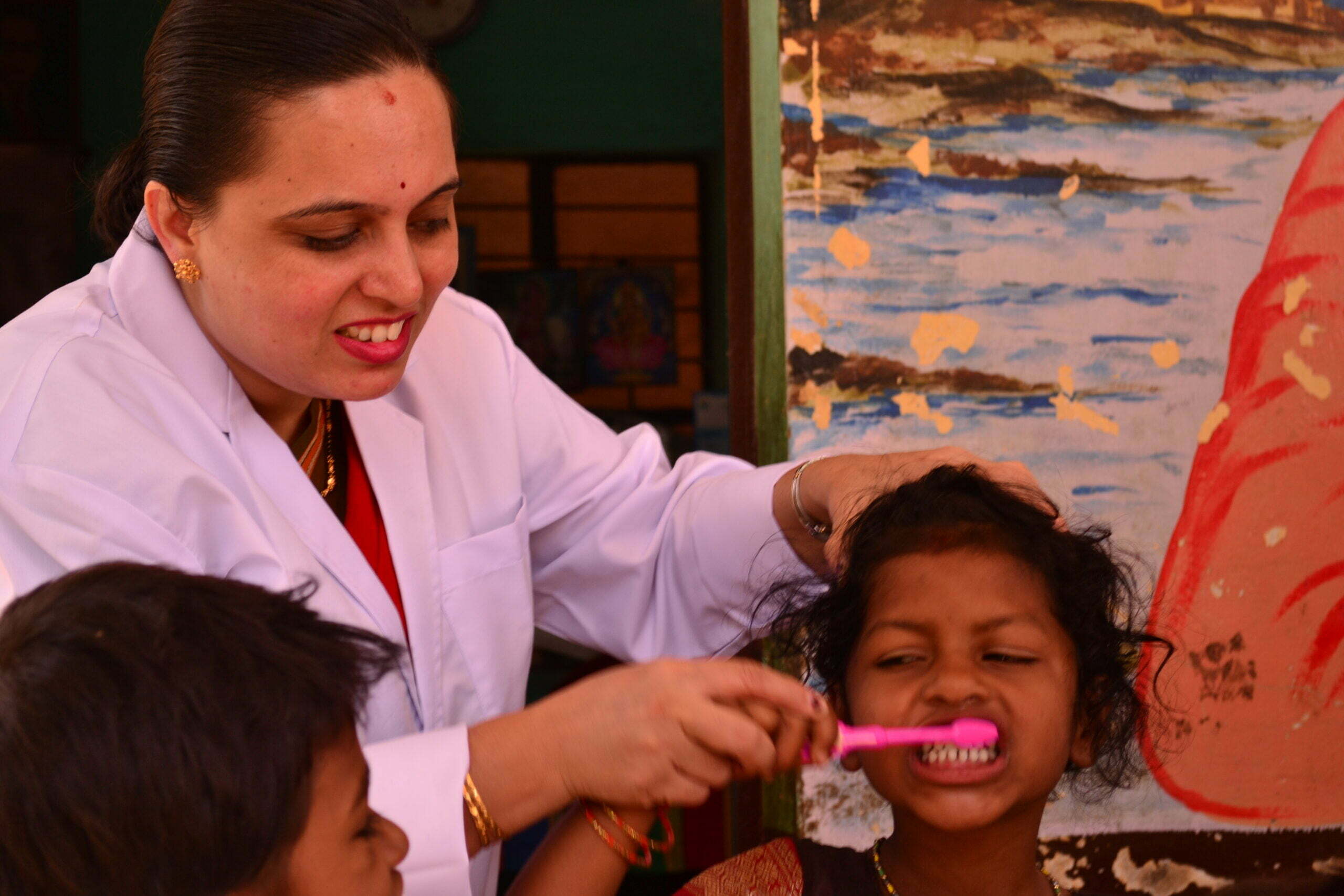Understanding the Problem
 When it comes to getting an education, the odds are stacked up for children of migrant labourers who live in the city’s slums.
When it comes to getting an education, the odds are stacked up for children of migrant labourers who live in the city’s slums.
Many of these children are primary care givers for their younger siblings when their parents go to work. Others doing odd jobs like rag picking add income to the household. Hence the value of education is hard to impress on reluctant parents.
In the remote chance that the parents do send them to school inevitable migration creates disruptions to schooling.
If not brought into school at the right age, starting school mid-way (beyond 7 years) is an uphill task. Without adequate support systems children drop-out quickly
Yet every child deserves an education!
The Streets to Schools project was designed to bring such out-of-school slum children into mainstream education
The Solution
By creating bridge schools in close proximity of the slums and allowing the children flexibility to bring in their younger siblings (who were cared for by a dedicated staff member) the most challenging barriers to bringing these children in to school was addressed.
 Compensation for the meager income brought in by the children came by providing nutritious food for the children thus reducing the burden on parents.
Compensation for the meager income brought in by the children came by providing nutritious food for the children thus reducing the burden on parents.
Recognizing the need to initiate the children to better habits initial efforts these schools are simply to introduce them to basic hygiene, and civic sense. As the children get more comfortable with the school environment, we focus of development of age-appropriate skills (basic literacy and numeracy) rather than on rigid curriculum.
Art, crafts, story-telling and games give the children exposure to new activities and develop their skills.
After a year (sometimes more) of attending bridge schools the children are transitioned into mainstream government schools.

 The success of the project came from our focus on low-cost infrastructure and efforts to facilitate school attendance by the children.
The success of the project came from our focus on low-cost infrastructure and efforts to facilitate school attendance by the children.